Top 5 AI tools for procurement
Artificial intelligence (AI) in procurement is designed to enhance procurement management processes. This includes sourcing, purchasing, supplier-related activities, and more. The goal isn’t just to alleviate tasks from your procurement teams. It’s also to streamline data analysis, forecast demand, accelerate processes, save costs, and improve decision-making — among many other things.
In this article, you’ll find examples of AI procurement software, the benefits and challenges of implementing it in your business, and, most importantly, the best AI procurement tools. I cover their pros and cons, key AI features, what each is best for, pricing, and ratings. Let’s get started.
Examples of procurement AI
Procurement teams are already adopting AI for several reasons. Below are some common examples of AI in procurement.
Automating procurement workflows
If there’s one thing I find that AI is amazing at, it’s reducing repetitive tasks and taking the stress out of the not-so-important ones. With the mundanity removed from my to-do list, I can focus on tasks that I
- Love and enjoy doing
- Bring the most value to
The same idea applies in procurement. Instead of manually processing every low-value purchase order (PO), for example, AI can automate it. The perfect use of automation is to “outsource” repetitive, consistent, and safe tasks to AI — keeping humans focused on the details that matter.
AI-driven supplier evaluation and selection
To some degree, you can manage supplier risk forecasting by noting their performance. For instance, if a supplier’s standards have dropped — perhaps they’ve started missing delivery agreements — then you can see risks are developing.
But you can’t keep tabs on every supplier and notice external factors that haven’t impacted your organization (yet).
Enter AI procurement tools.
There are many ways in which AI can help procurement teams manage and assess risk. For example
- Sentiment analysis can review the public perception of a company and monitor how a supplier company is performing.
- Natural language processing can review details about your suppliers in news articles and detect events like lawsuits or bankruptcies so you can act before they impact your organization.
Predictive analytics for demand forecasting
Demand forecasting is a powerful use case for AI in procurement. I wrote about this in detail for a HubSpot article on AI and demand forecasting.
I spoke to industry leaders who use predictive analysis to anticipate future demand and help manage procurement. A favorite example came from a security company that discovered increased demand for outdoor cameras during specific months. Demand correlated with seasonal increases in crimes in the areas. With predictive analysis, the company could manage stock better; during the busiest seasons, orders automatically increased, and they decreased during quieter periods. If they needed to, they could also use this data to signal that they should work on supplier relations beforehand.
AI-powered contract management
Automation and AI contract management are powerful in procurement. Automating e-signatures, setting up signing orders, and assigning fields that need filling streamline processes and simplify contract completion. Plus, once signed, contracts are automatically saved in one safe place.
Some tools also use AI to identify insights within this process, such as identity verification or data extraction — highlighting them ready for human review.
Fraud detection and risk mitigation
It can be easy to miss fraud and overlook risks throughout the procurement process, but AI reduces this human error.
One example would be simplifying contract agreements into key details to help identify risks. Or AI can flag high-risk agreements so procurement managers can organize human intervention to review and check contracts before they’re finalized.
Additionally, finance teams can use AI to spot unusual activity, such as duplicate payments to the same supplier. A major benefit of this technology is that it can constantly monitor transactions in real time, whereas a human cannot.
Key benefits of AI in procurement
If the examples above aren’t enough to get you excited about procurement automation and AI, here are some key benefits.
Cost reduction
When procurement teams use AI and automation efficiently, cost reductions occur in multiple areas. For one, AI can help identify cost-saving opportunities by analyzing purchasing patterns, reducing overstock, and consolidating orders.
But there’s more.
Cost reductions also occur due to streamlined processes. AI takes tasks away from humans, and tasks are completed at the cost of the AI as opposed to a salary. It’s worth saying here that this doesn’t take jobs from humans, just tasks. KPMG suggests that AI will take 50 to 80 percent of basic procurement tasks. Humans are still required, and their role could even become more strategic thanks to the AI. With the basic and mundane alleviated, your team is left to become more strategic and advanced.
Enhanced supplier relationship management
AI can help manage suppliers and identify potential risks with sentiment analysis. This data helps procurement teams spot potential issues before they arise.
Improved accuracy
When humans manually analyze data or complete data entry, there’s an opportunity for error. AI, on the other hand, follows standardized and consistent processes.
Real-time data insights
Procurement analytics aids strategic decision-making by sifting through and drawing insights from large data sets in real time. This is especially useful for risk mitigation and fraud prevention. By continuously scanning transactions for anomalies, AI detects fraud early.
Challenges and limitations of AI in procurement
While AI procurement software has many benefits, it also has challenges which you must resolve if you want to improve procurement efficiency. It’s thought that around 50 percent of Chief Procurement Officers (CPOs) aren’t using AI in their procurement processes — and that’s mostly due to the following issues.
Integration challenges
In a study by Airbase, 57 percent of respondents said that finding an AI priority is their most significant challenge.
AI can solve many problems, and it’s easy to get bogged down by the options. This overwhelm leads to issues because teams can try to integrate too much AI or integrate it poorly without standard operating procedures (SOPs). The AI is then used inconsistently, affecting its impact, performance, and the accuracy of its outputs.
How to resolve it
Use the AI functionality of the tools you already use. In theory, these AI opportunities will be easier to integrate into current workflows since you’re already familiar with the tools. Alternatively, start with the most pressing issue. Airbase found that the three most common use cases for AI in procurement are:
- Market intelligence
- Automated data entry
- Predictive analytics for forecasting demand and prices
High implementation costs
Integrating AI into procurement processes requires significant investment — not just in the software itself but also in the integration, process changes, training, development, and updating of SOPs.
How to resolve it
Develop a cost analysis to determine the cost benefits of AI implementation. Consider all angles, including staffing costs and increased job satisfaction, which can lead to improved staff turnover.
Data privacy and security concerns
Data privacy in AI is incredibly important — especially in procurement, where sensitive data such as supplier information, pricing terms, and contract details are involved.
How to resolve it
You must work with AI providers who assure you that data is protected and complies with standards such as the General Data Protection Regulation.
Potential bias in AI-driven supplier selection
AI is biased because humans are biased. Therefore, it’s easy to train AI on skewed or incomplete data unintentionally.
Although not a procurement example, Amazon found AI biases in its resume AI. The AI was trained on ten years of hiring data, and it learned that more men worked at the company. As a result, it rejected resumes including the words “women’s.” This type of AI bias is quite scary because it could be easily missed.
How to resolve it
According to Warwick Business School, the solution is for humans to work closely with AI tools. To avoid human bias accidentally siding with the AI, humans must have a framework from which to work. Both the framework and reversing bias involve reviewing and adjusting inputs.
Need for skilled personnel to manage AI-driven procurement processes
Bias is one reason procurement teams need skilled personnel to manage AI procurement processes. AI outputs need human review, and efficient implementation requires project management.
How to resolve it
Invest in training. Ideally, one person or a group will be accountable for the AI implementation.
The 5 best AI tools for procurement
Without further ado, here are the best AI tools for procurement.
1. Jotform AI Agents
Jotform AI Agents allow you to transform your forms into dynamic, conversational experiences without writing code. Users interact with an AI-powered chatbot trained on content from your website or knowledge base, so the chatbot can provide the best possible service and operate like a team member.
Even better? There are over 7,000 Jotform AI Agent templates, many of which will be suitable for procurement.
So, where do you start?
In this section, I’ll outline some AI agents that are a must-have for procurement teams, along with their benefits, key features, and links so you can try them for yourself.
- Developer: Jotform
- Best for: Procurement teams using multiple AI agents, automating procurement processes, and teams without developer skills.
- Key AI features for procurement:
- The Purchase Order AI Agents will seamlessly integrate into existing procurement platforms and learn in real time from every interaction. In this way, it can improve purchase order accuracy and reduce processing times by 70 percent.
- The Supply Order AI Agents uses natural language processing to interpret detailed order requests, apply machine learning to recognize your unique inventory habits, and use predictive analytics to forecast future supply needs. Procurement teams using the Supply Order AI Agent can expect significant reductions in manual processing times and minimized errors due to the AI following consistent processes.
- The Book Order AI Agent uses advanced form automation to streamline the collection, processing, and management of book orders. It can also offer real-time support to users throughout the ordering process.
- Pros:
- No-code chatbot setup means that any savvy website administrator can create, train, and embed the chatbot wherever they want to use it.
- Integrations with 1000+ tools including your content management system, customer relationship management platform, marketing software, and more. See the full list of Jotform integrations here.
- Large support center with over 70 articles to help you get to grips with Jotform.
- Cons:
- There’s an initial learning curve using Jotform AI Agents, but to its credit, Jotform makes this as easy as possible with templates. You can clone yourself, use a template, or start from scratch.
- There are procurement tools that will do everything the AI agent does, and more. However, if you want a specialized AI agent or multiple AI agents, Jotform should be your go-to, as you can manage everything in one place.
- Plans/pricing:
- Free: Up to five AI agents
- Bronze ($19.50 per user per month, billed annually)
- Silver ($24.50 per user per month, billed annually)
- Gold ($64.50 per user per month, billed annually)
- G2 rating: 4.7/5 based on over 3,500 reviews
2. Coupa
As a supplier, I’m very familiar with Coupa and use it monthly. I’ve also used Bill and Settle. Coupa makes managing supplier invoices easy. It offers AI-driven tools for procurement teams that help optimize sourcing, reduce costs, and improve compliance across the entire supply chain. You can see everything in one dashboard, and Coupa’s AI makes light work of evaluating suppliers.
- Developer: Coupa Software Inc.
- Best for: Enterprise procurement automation, supplier risk management from the Coupa community, visibility for multiple suppliers, and spend management.
- Key AI features for procurement:
- Machine learning will flag potential invoice errors and detect fraud patterns in real time. Procurement teams will have greater visibility of what’s happening and more control over spend.
- Coupa’s AI can analyze a wide range of data sources to identify supply chain risk, including platforms like social media to spot disruptions or price changes. Your procurement team can therefore be more reactive.
- Coupa’s AI-powered procurement assistant, Navi, helps users find their way around the platform. I use a tiny portion of this platform and navigate to the same thing every time I use it, yet even I can find it overwhelming. Navi provides real-time guidance, support, and recommendations, enabling you to streamline supplier management and make informed spending decisions.
- Pros:
- Centralized platform invoicing, contracts, and spending analytics.
- Complete visibility into invoices and payments is ideal for procurement teams that need to see invoice statuses.
- Cons:
- The user interface is somewhat overwhelming. Setting up Coupa takes time, and there’s a lot you can do. Until you get used to it, it’s easy to lose your favorite reports and dashboards.
- Coupa’s AI uses community intelligence, which is impressive considering it processes $6 trillion in real-world transactions. This might be too much for smaller companies that won’t use the vast functions.
- Plans/pricing:
- Free demo and free version: Basic functionality
- Verified ($549 per year)
- Premium Support (from $499 per year)
- Advanced ($4,800 per year)
- G2 rating: 4.2/5 based on over 500 reviews
3. SAP Ariba
SAP Ariba is a well-known tool that supports procurement and supply chain management. It enables businesses to manage supplier relationships, sourcing, contracts, and spend.
In my opinion, a major benefit of SAP Ariba is that you can do all of the above from a single, unified platform. The invoice management dashboard in particular is incredibly useful.
- Developer: SAP SE
- Best for: Large enterprises, especially those who are already using SAP products.
- Key AI features for procurement:
- Intelligent invoice conversion to validate invoice data and reduce manual processing.
- AI-powered sourcing recommendations based on past transactions and supplier behavior. SAP Ariba can recommend preferred vendors.
- Contract intelligence to review key terms and compliance data easily.
- AI bots can answer your questions, so you can avoid submitting a support ticket.
- Pros:
- Like Coupa, SAP Ariba has a robust supplier network for enterprise-level procurement operations.
- Integrations are available with SAP systems. This is a strong solution if you’re already using SAP products.
- AI capabilities to assist with supplier risk, contract compliance, and spend visibility.
- Cons:
- The user interface isn’t the most intuitive. This is a common complaint within G2 reviews.
- Smaller businesses may find it too resource-intensive and overwhelming for their needs, especially if they don’t have in-house SAP expertise.
- Plans/pricing: SAP Ariba doesn’t have set packages, and is instead based on the number of users; get in touch with SAP Ariba for more information on plans and pricing
- G2 rating: 4.1/5 based on over 650 reviews
4. Kissflow
Kissflow offers customizable procurement solutions, including invoice automation, supplier management, contract management, and inventory management.
- Developer: Kissflow Inc.
- Best for: Workflow management and automated workflows.
- Key AI features for procurement:
- Procurement automation can reduce approval cycles, automate the purchase order process, and assist with invoice, vendor, and contact management.
- Pros:
- Strong integrations, including with Jotform via Zapier.
- Procurement templates are available.
- Cons:
- Limited advanced AI features compared to tools like Coupa.
- Expensive and may be out of the price range for smaller organizations.
- Kissflow solutions are low–code, which means the software is better for teams with access to developers.
- Plans/pricing:
- Basic (starts at $1,500 per month)
- Enterprise (custom pricing)
- G2 rating: 4.3/5 based on over 500 reviews
5. Basware’s Procure to Pay
Basware’s Procure to Pay (P2P) is a leading P2P solution with procurement automation. It aims to improve companies’ bottom lines and minimize risk while putting procurement teams at the center of the workflow.
The platform helps procurement and finance manage high volumes of invoices, and the automation means manual input is minimal.
- Developer: Basware Corporation
- Best for: Mid to large-scale companies with large invoice processing needs.
- Key AI features for procurement:
- SmartPDF feature uses machine learning to extract data from supplier invoices.
- AI continuously scans transactions for suspicious patterns (e.g., duplicate invoices, unusual payment terms) and flags them for human review, adding a critical layer of fraud prevention and compliance oversight.
- Predictive analytics identifies invoices at risk of being paid late, enabling teams to take proactive steps and avoid penalties. This helps maintain strong supplier relationships.
- Predictive spend insights allow procurement leaders to anticipate budget overruns, identify underused suppliers, and improve future sourcing decisions based on real-time financial data.
- Pros:
- AI solutions for invoice matching, fraud prevention, and more.
- Spend visibility across the business and suppliers.
- Cons:
- Advanced features can be too much, particularly for small or mid-sized teams.
- Early implementation will be resource-intensive and require SOPs, team leaders, and process changes. Once it’s set up, though, it’s an end-to-end solution.
- Basware is not designed to deal with supplier discovery or contract negotiation.
- Plans/pricing: Custom pricing; get in touch with Basware for information on plans and pricing
- G2 rating: 4/5 based on 100 reviews
Best practices for successful AI implementation
It’s easy to get excited by the options available and start testing a few out, but implementing AI isn’t just about picking and using tools. To succeed with AI implementation in procurement, you must lay some groundwork for sustainable change within business processes and secure team buy-in. Let’s look at some best practices for successful implementation.
1. Establish clear goals
First, you want clear goals before you introduce AI. You’re more likely to choose AI tools that solve the right problems if you have a goal, and if you know what you’re solving and why, you can pass the benefits to team members to encourage buy-in. If teams know how the AI is helping them and saving them time, they’re more likely to embrace the technology.
It’s worth noting that some workers, up to 26 percent, are still apprehensive about AI and how it may threaten their jobs. When sharing AI goals, you must explain how AI supports teams and make sure it’s understood that AI is not a replacement. When your goals are outlined, you can identify the benefits to workers.
When it comes to creating goals, it helps to first think about how you can measure the AI’s impact. This is a core part of SMART goals, which are:
- Specific
- Measurable
- Attainable
- Relevant
- Time-bound
An example of a SMART goal for a procurement business adopting AI might be: “Reduce the time it takes to submit and approve internal supply order requests by 50 percent within the next three months using Jotform’s Supply Order AI Agent.”
Once you know your goal, you should ensure you have the means to measure it. If you’re not already, start tracking the time related to support order requests and see if it reduces with the adoption of AI. Skip ahead to find out how to measure and iterate on progress.
2. Prepare your data
Once you know the problem you’re solving, it’s tempting to jump straight in and start with a tool, but don’t. You must prepare your data so that it’s clean.
When it comes to AI in procurement, you’ll only get a helpful output if the data input is good. You must work from a good data set to set your AI up for success — and that means preparing your data so that it’s structured, accurate, and consistent.
Preparing data is especially important for procurement teams implementing AI because employees often work in multiple systems, which can result in duplicate data or inconsistent data structures. Contradictory supplier names or incomplete contract records will confuse AI, negatively impacting its output and usefulness.
3. Start slowly
Introduce AI tools slowly into your procurement processes. By analyzing company AI adoption case studies, Moveworks found that one way to succeed with AI adoption is to start simply with the automation of routine tasks. These tasks are likely to be small and not particularly fulfilling for humans. This slow start allows procurement team members to get used to the AI in a way that’s highly beneficial to them.
I’d also recommend integrating AI that exists within tools you already use. There are two benefits to this:
- Your team is already familiar with the tool, so they may be more open to adding a new component (the AI) than relearning an entire tool and adopting AI.
- The AI within your current tools can enhance the work you’re already doing.
4. Collaborate with stakeholders
Outside of the immediate team using AI, other stakeholders will also be impacted by its adoption. You can encourage their buy-in if you
- Map out who’s affected by the AI procurement process and involve them in the AI planning discussions. Show them how AI will positively impact their workflow or business objectives (e.g., automated reporting, cost reductions, better visibility across spending, etc.).
- Communicate the why behind the adoption of AI into the procurement process. If stakeholders can see why AI is being integrated and the benefits to staff and the business, they’re more likely to approve it. Always frame AI as a tool that supports people, not replaces them.
- Encourage feedback so that all stakeholders can contribute to the process and feel listened to. Collaboration is key.
5. Measure and iterate on progress
If you followed the first few steps in these best practices, you established goals and started adopting AI slowly. You started gathering data related to the goals, like tracking the time needed to complete a task.
This is great, but the AI implementation process doesn’t stop once you use the tool. You need to be sure it’s benefiting your team and company.
To do this, periodically refer back to your goals and check that the AI is supporting them. Your goals therefore become KPIs.
Let’s take our earlier SMART goal to explain what I mean: “Reduce the time it takes to submit and approve internal supply order requests by 50 percent within the next three months using Jotform’s Supply Order AI Agent.” The manual time spent on supply order requests becomes the KPI, and a correlation with a decrease in this time would indicate that the AI adoption is working.
Don’t skip this monitoring step. Companies that measure KPIs are thought to have seen 10 times productivity increases and have automated 80 percent of manual processes.
Future trends in AI for procurement
The future of AI in procurement is looking bright. Airbase found that 96 percent of people surveyed are using AI in procurement, and 100 percent plan to implement AI within the next year.
So, what can we expect from AI in procurement next?
AI-driven negotiations and autonomous procurement bots
It’s thought that future AI procurement agents will be able to handle supplier interactions, including negotiations. In fact, Zycus is already pioneering this technology. Their solution deploys negotiation strategies and responds to suppliers.
Contract writing and supplier communication
You can already use generative AI to write a contract. Jotform even has the ability to create a contract from a text prompt. But there’s no doubt that this functionality will improve and become a bigger part of the process.
Blockchain integration for secure and transparent procurement processes
Spendflo predicts that “blockchain will combine with AI and [the Internet of Things] to provide real-time insights, predictive analytics, and automatic issue resolution across procurement operations.”
Organizations will be able to automate more steps involved in compliance, monitoring supplier activities, and more.
Environmental, social, and governance (ESG) compliance monitoring
GEP provides three reasons why AI is key in ESG analysis:
- ESG analysis is now essential for procurement, helping businesses manage risks, comply with regulations, and drive long-term value.
- AI-powered ESG analysis improves supply chain transparency, enabling real-time risk assessment and proactive decision-making.
- Companies that integrate ESG analysis into procurement gain competitive advantages, from cost savings to enhanced brand trust and resilience.
The future of AI-driven ESG enables organizations to take a proactive approach to
- Identify potential risks and make informed sourcing decisions
- Enhance procurement transparency
- Undertake risk assessments in real time
Ready to implement AI for procurement? Here’s where to start
Bringing AI into your procurement processes will result in fewer repetitive tasks, minimized risks, and more manageable workloads for human team members.
Set your goals, identify your KPIs, and get started with an AI solution that best helps you meet your business objectives. If you’re still unsure where to begin, I recommend trying a tool you can use and integrate into processes easily.
If you start with a Jotform AI template — like the Purchase Order AI Agent, Supply Order AI Agent, or the Book Order AI Agent — you could be up and running within minutes. Give it a go, and remember to analyze AI agent success, bringing it back to your goals and KPIs for maximum impact and stakeholder buy-in.
This article is ideal for procurement managers, supply chain professionals, business owners, and operations leaders who want to modernize how they source, evaluate, and manage suppliers.

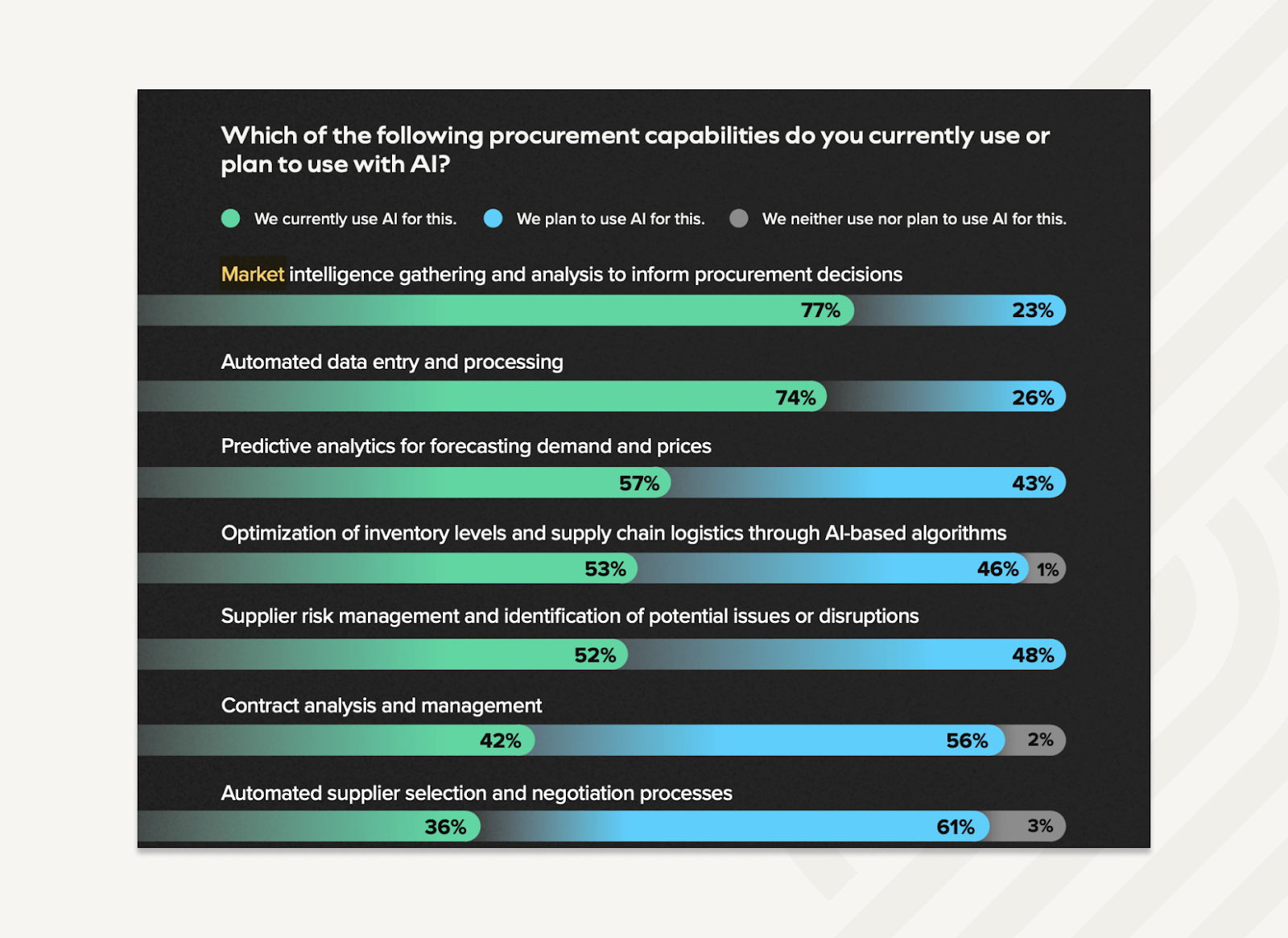
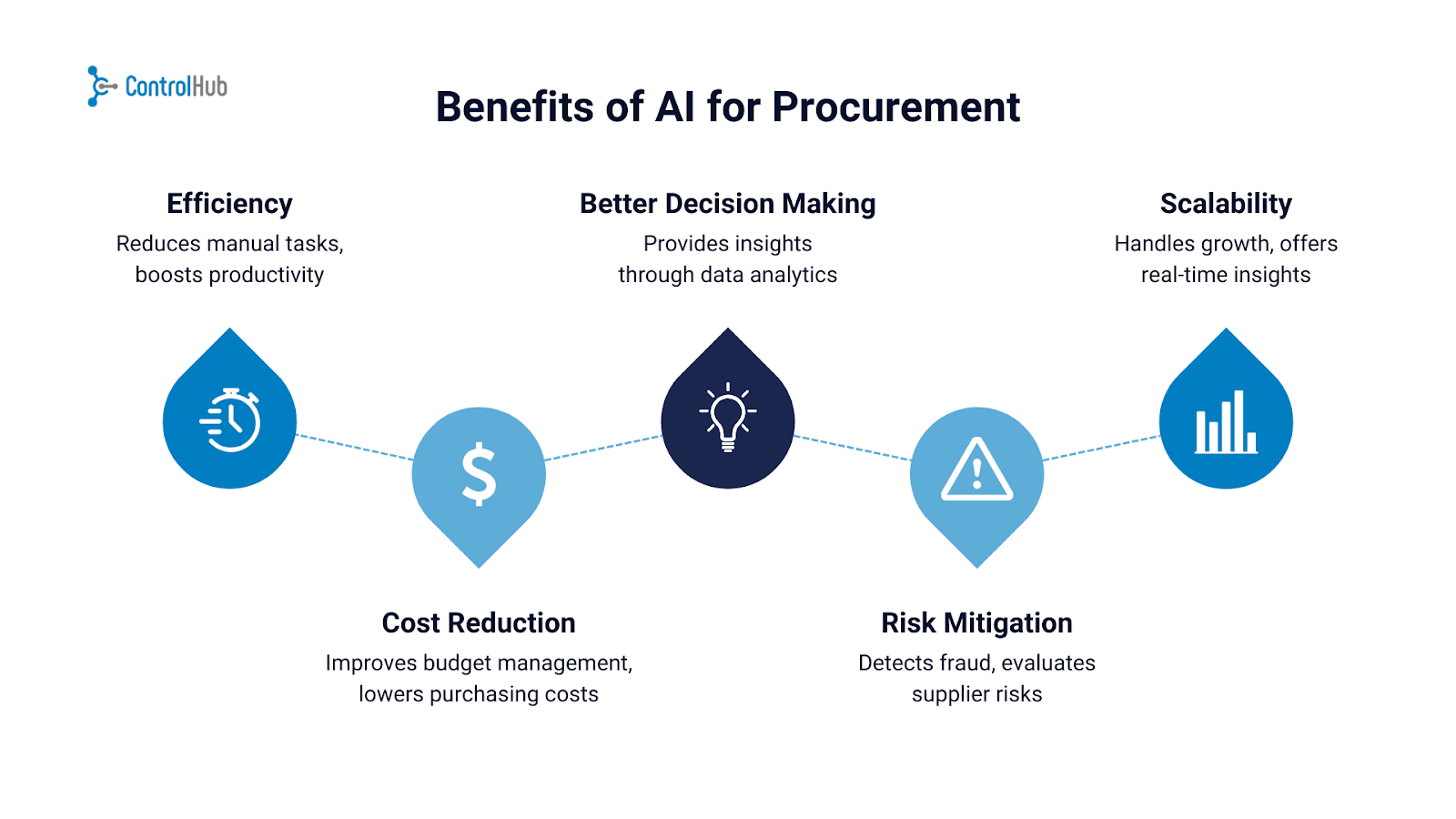
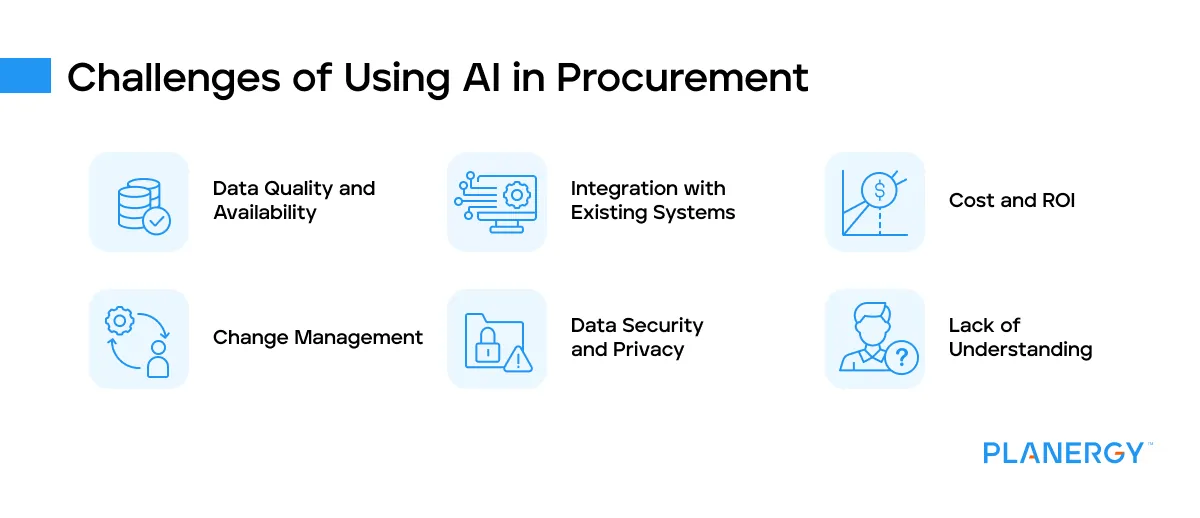
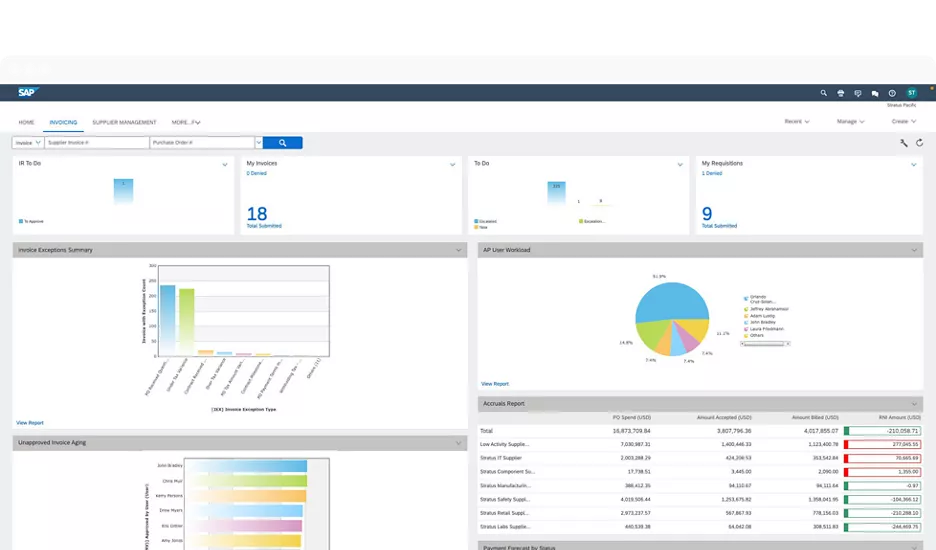
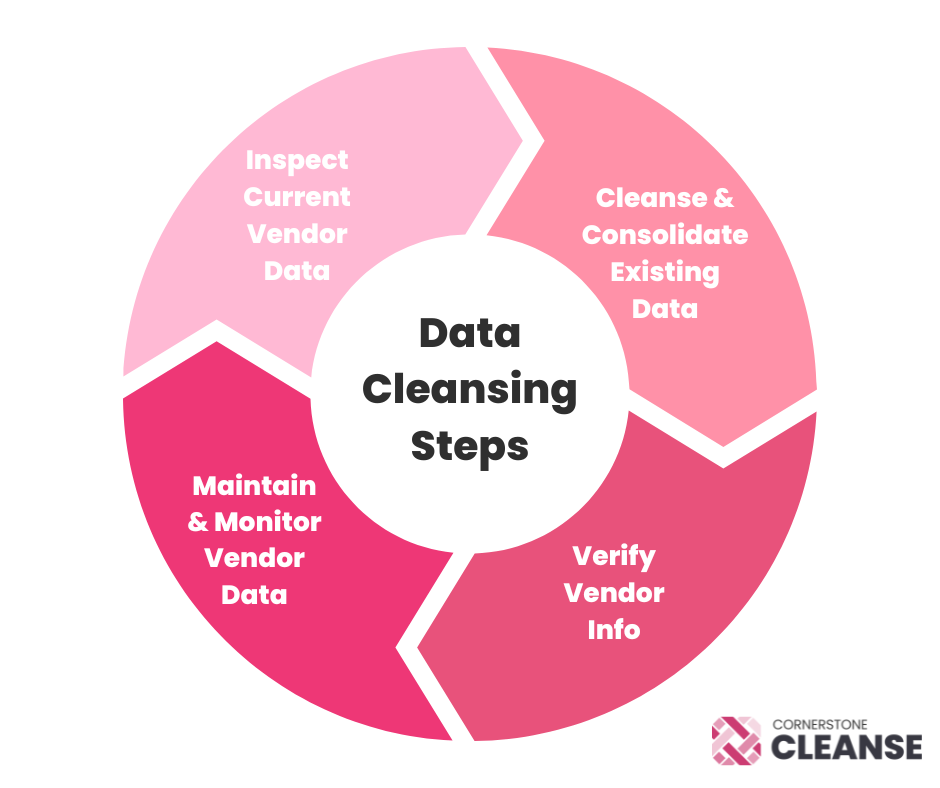


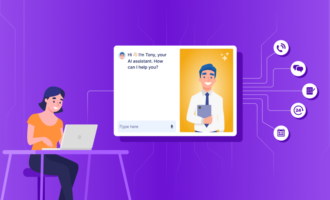


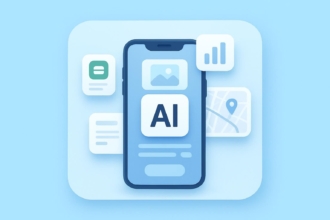


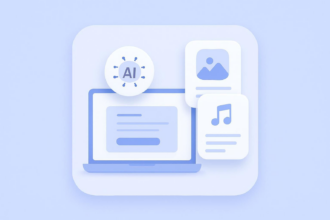



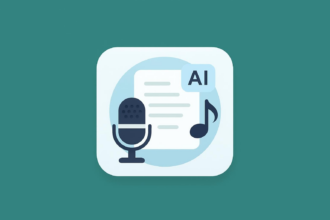

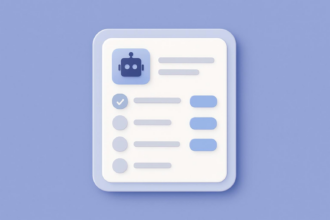
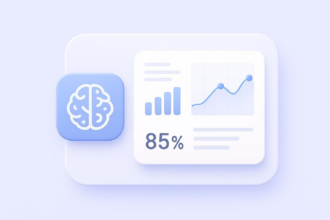

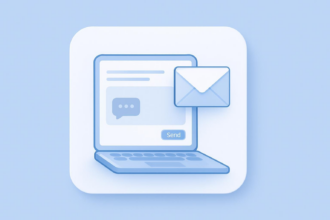















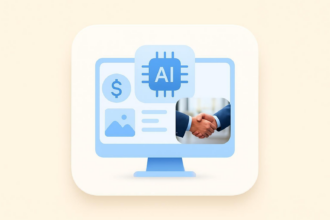



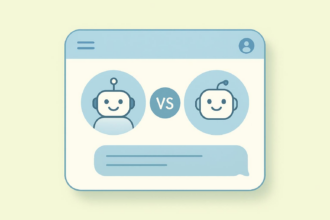

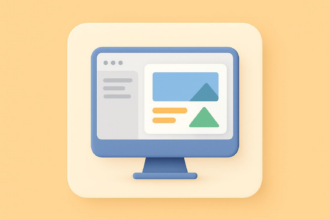








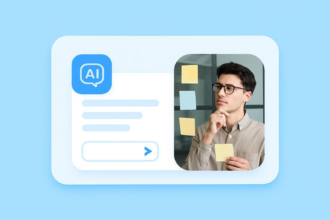



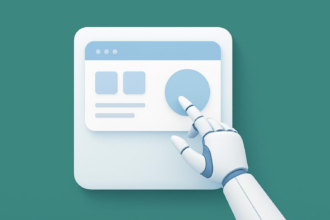


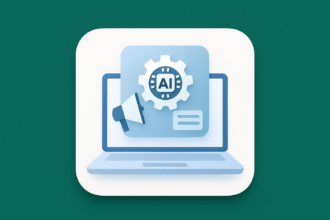









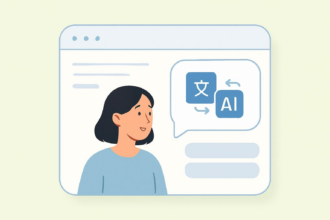
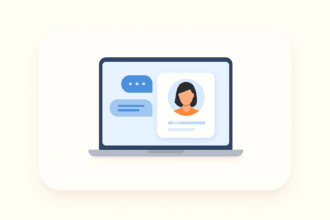

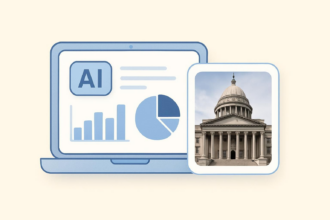
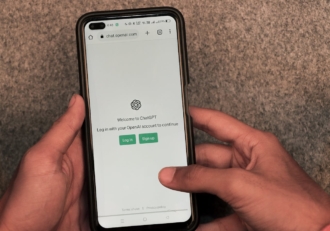


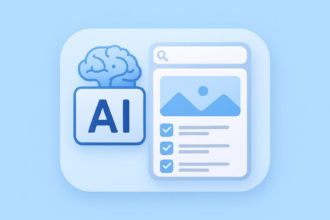





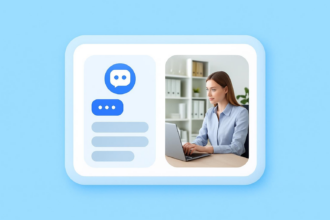
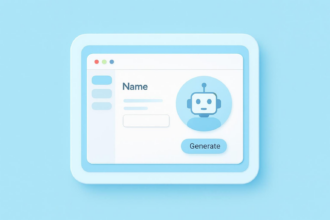

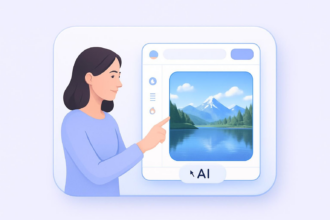


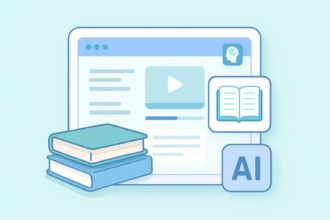






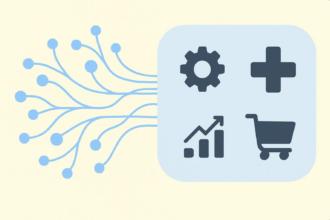

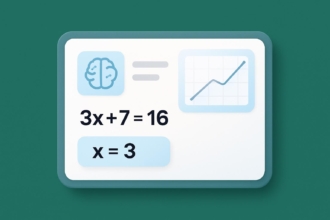


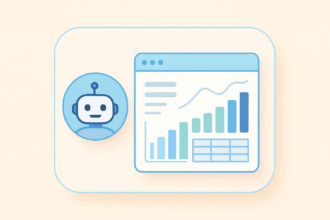

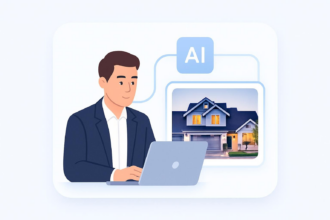
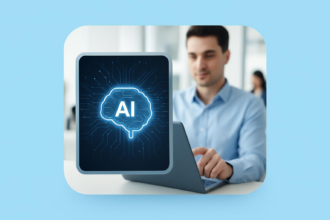


Send Comment: